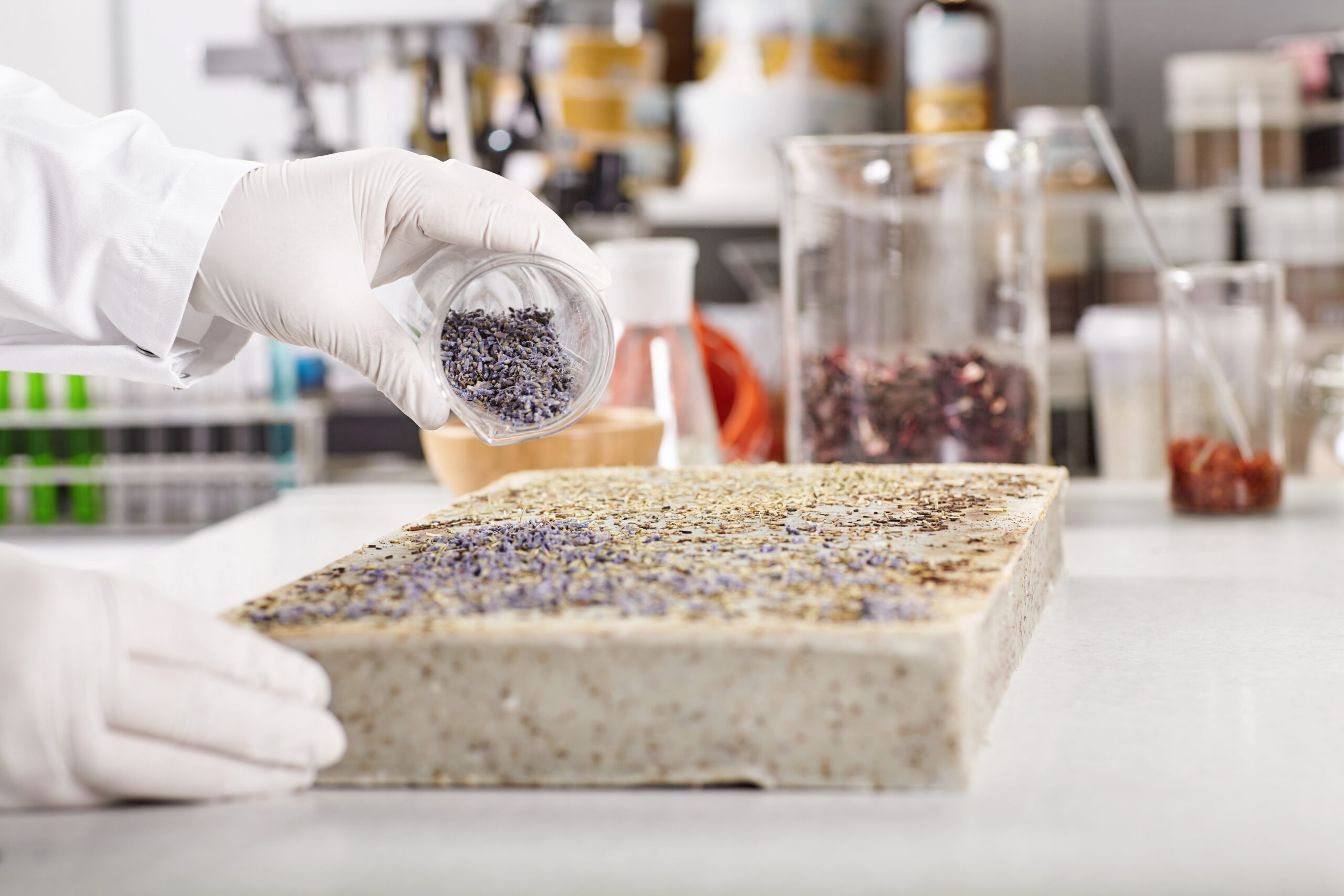Sodiceram is not just a name; it represents the future of ceramic technology. Imagine a material that combines strength, versatility, and sustainability all in one package. As industries evolve and demand for innovative materials grows, Sodiceram stands at the forefront of this revolution. This advanced sodium-based ceramic has captured attention across various sectors, from construction to electronics. What makes Sodiceram so special? Let’s dive into its science and discover how it’s reshaping our world today.
The Science behind Sodium-Based Ceramics
Sodium-based ceramics, like Sodiceram, are fascinating materials that stand out due to their unique properties. At the heart of these ceramics is sodium, which plays a pivotal role in defining their structure and functionality.
The science revolves around how sodium ions interact within a ceramic matrix. This interaction enhances conductivity and thermal stability. Unlike traditional ceramics, the presence of sodium allows for increased flexibility without compromising strength.
These characteristics make sodium-based ceramics suitable for various applications. They can withstand extreme conditions while maintaining performance efficiency.
Research continues to explore methods to optimize these materials further, aiming for even more innovative uses across different sectors. The ongoing investigations promise exciting advancements that could redefine industry standards in ceramic technology.
Benefits of Using Sodiceram in Various Industries
Sodiceram offers numerous advantages across various industries, making it a versatile choice for manufacturers and engineers. One key benefit is its lightweight nature. This characteristic reduces transportation costs and allows for easier handling during production.
Another significant advantage is the material’s enhanced thermal stability. Sodiceram can withstand extreme temperatures without compromising integrity, which is crucial in sectors like aerospace and automotive.
Additionally, its resistance to corrosion makes it ideal for chemical processing environments. Companies can rely on Sodiceram components to maintain performance even when exposed to harsh substances.
The aesthetic appeal of sodiceramic products cannot be overlooked either. Their unique finish allows them to be used in architectural applications where both functionality and appearance are important.
Sustainability plays a role as well; using sodium-based materials often involves less energy consumption during production compared to traditional ceramics, aligning with green initiatives across many industries.
Applications of Sodiceram
Sodiceram is revolutionizing multiple industries with its versatile applications. In the electronics sector, it serves as a reliable insulator for various components, enhancing performance and durability.
In the medical field, Sodiceram finds its way into advanced prosthetics and dental implants. Its biocompatibility ensures that these devices integrate smoothly with human tissue.
The construction industry benefits from Sodiceram’s thermal resistance properties. It’s increasingly used in energy-efficient building materials, contributing to sustainable architecture.
Additionally, artists and designers embrace Sodiceram for creating innovative ceramics that stand out due to their unique textures and colors. This material opens new avenues in creative expression while maintaining durability.
Automotive manufacturers are also tapping into its potential for lightweight yet robust parts. This translates into enhanced fuel efficiency without sacrificing safety or performance.
Comparison with Traditional Ceramics
When comparing Sodiceram to traditional ceramics, several key differences emerge. One major distinction lies in their composition. Traditional ceramics often rely heavily on silica and alumina, while Sodiceram utilizes sodium-based materials that enhance its properties.
This shift in material not only impacts strength but also thermal resistance. Sodiceram demonstrates superior performance under extreme temperatures compared to conventional options. This makes it an ideal choice for industries requiring high durability.
Another contrast is weight. Sodium-based ceramics tend to be lighter than their traditional counterparts, which can lead to easier handling and application across various sectors.
Additionally, the production process of Sodiceram allows for greater flexibility in design and functionality. It opens up new possibilities for customization that traditional methods may struggle to accommodate.
The innovative nature of Sodiceram positions it as a forward-thinking alternative within the ceramic landscape.
Manufacturing Process of Sodiceram
The manufacturing process of Sodiceram begins with sourcing high-purity sodium and ceramic raw materials. These components are carefully selected to ensure optimal properties in the final product.
Once gathered, the ingredients undergo a precise mixing phase. This step is crucial as it ensures uniform distribution of sodium within the ceramic matrix. The mixture then moves into molding, where it’s shaped into desired forms using advanced techniques.
After molding, a drying stage reduces moisture content, preparing the material for firing. The firing process takes place at controlled temperatures that enhance structural integrity while maximizing performance characteristics.
Following firing, quality testing is conducted to assess durability and functionality. Each batch of Sodiceram goes through rigorous checks before being deemed ready for various applications across industries.
This meticulous approach highlights the commitment to excellence inherent in every piece of Sodiceram produced.
Future Developments and Potential for Advancements
The future of Sodiceram holds exciting possibilities. As researchers delve deeper into sodium-based ceramics, new applications are expected to emerge across various sectors.
Innovative techniques in material science could enhance the properties of Sodiceram. Improvements in durability and heat resistance might make it indispensable for industries like aerospace and automotive.
Smart integration with technology is another avenue being explored. Imagine sensors embedded within ceramic materials that provide real-time data on structural integrity or temperature changes.
Research collaborations between universities and industry leaders could accelerate breakthroughs in this field. By sharing knowledge, these partnerships may drive rapid advancements that benefit everyone involved.
Sustainability also plays a critical role in future developments. Environmental considerations will likely influence production methods, making them more eco-friendly without compromising performance.
Conclusion: The Role of Sodiceram in Shaping the Future of Ceramic Technology
Sodiceram represents a pivotal advancement in ceramic technology, setting new standards for performance and versatility. Its unique sodium-based composition opens doors to innovative applications across various industries, from electronics to aerospace. The benefits of Sodiceram are clear: enhanced durability, improved thermal stability, and reduced environmental impact make it an attractive choice for manufacturers.
The science behind its formulation is fascinating, showcasing how these advanced materials can outperform traditional ceramics in numerous ways. As research continues and manufacturing processes evolve, the potential for further advancements seems limitless.
With ongoing developments on the horizon, Sodiceram is not just a product but a catalyst for change within the ceramic landscape. It showcases what’s possible when innovation meets necessity—an exciting prospect that could redefine industry standards moving forward. The role of Sodiceram may very well shape the future trajectory of ceramic technology as we know it today.

